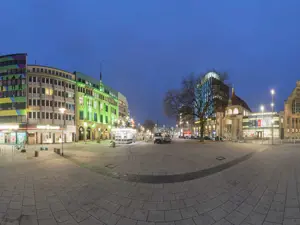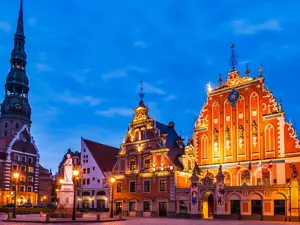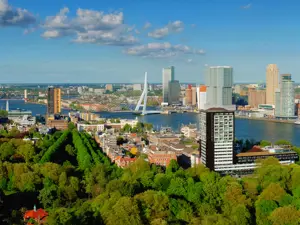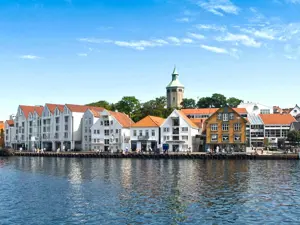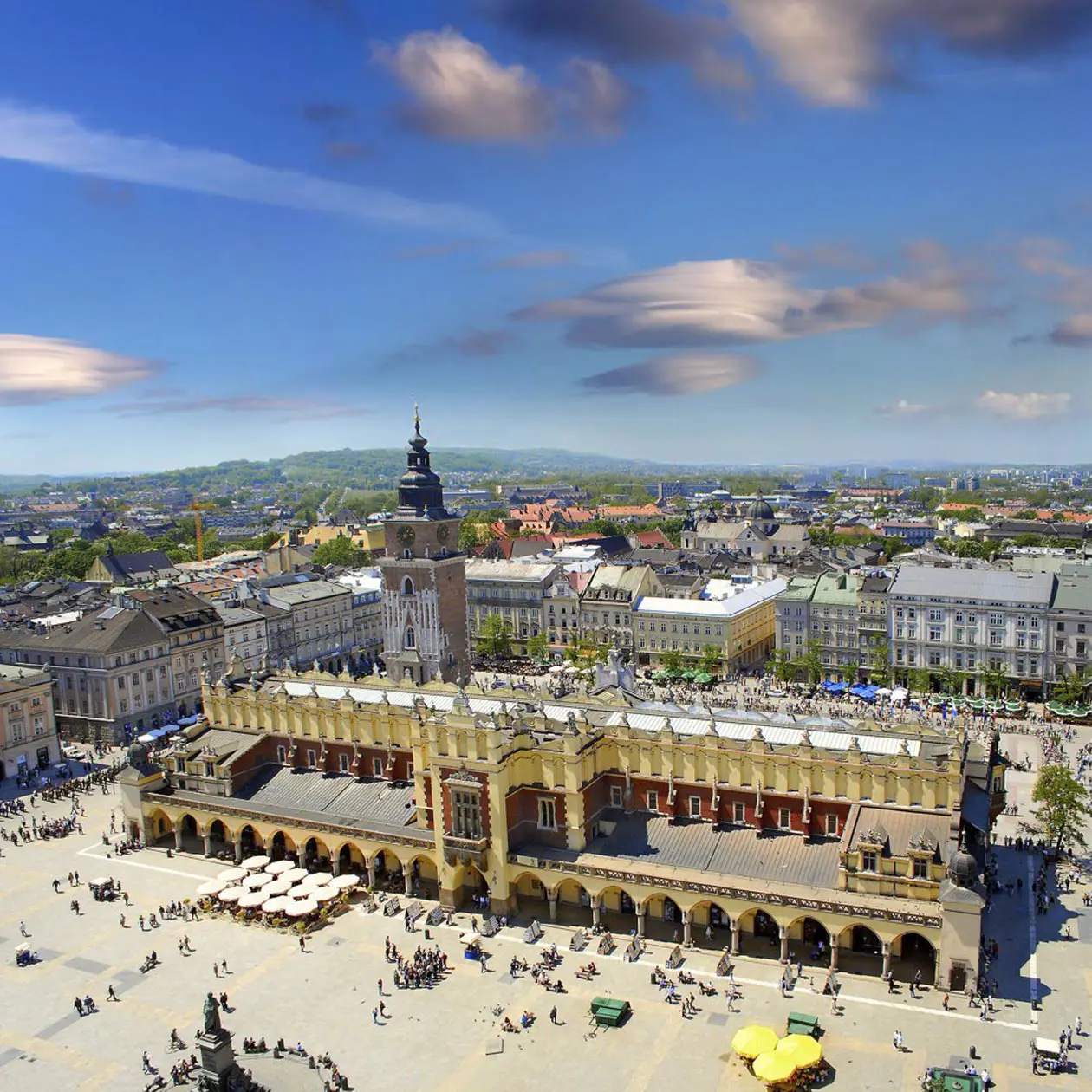
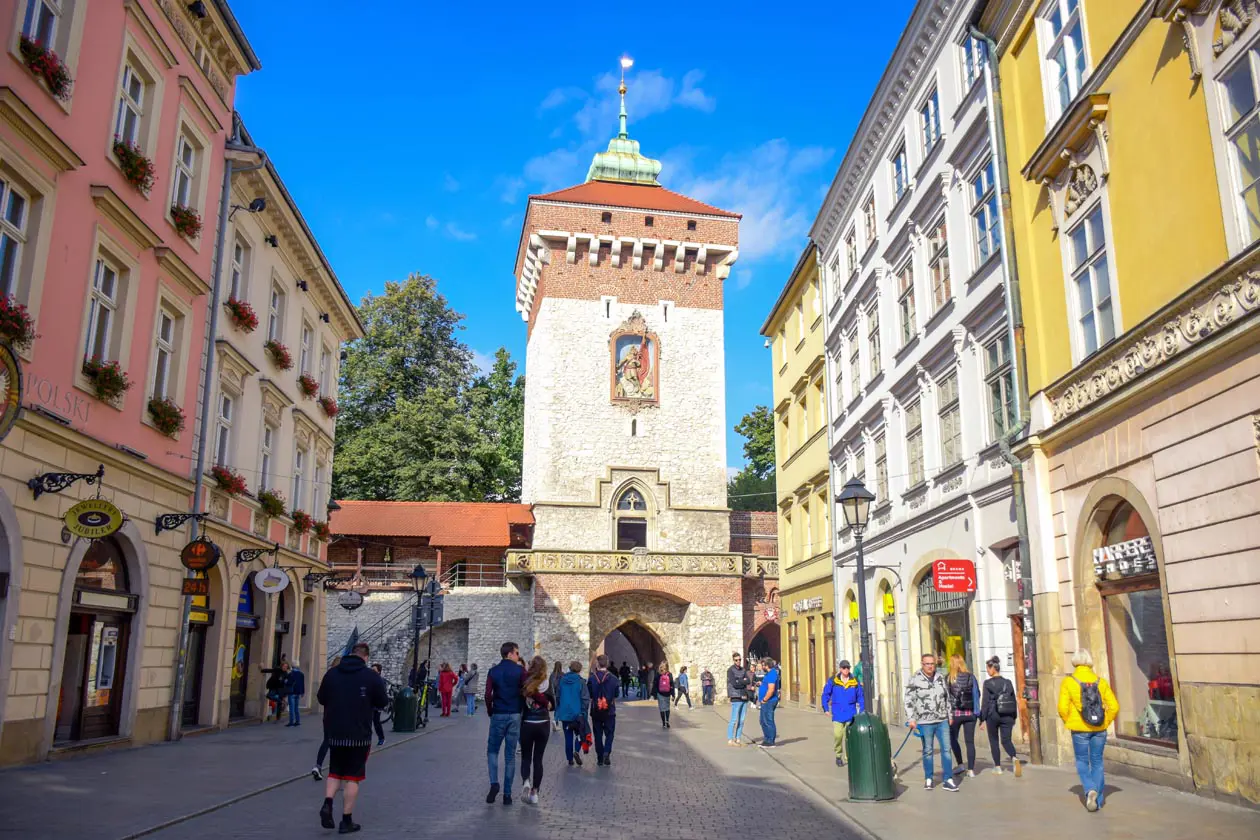

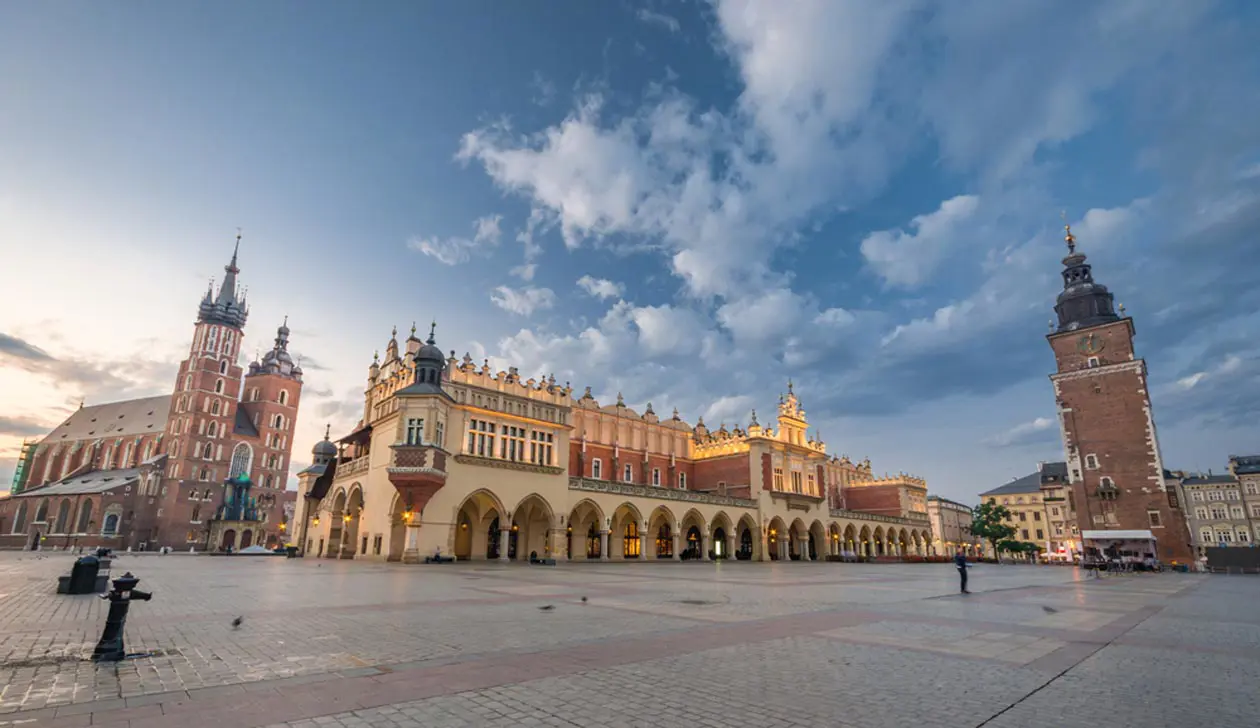

Polish cuisine is rich and varied and preserves ancient recipes, the result of the fusion of different cultures, which have diversified over the years in the various regions. The traditional dishes to taste are: the Barszcz bialy (white or red beetroot soup), the Zurek (rye flour soup, accompanied by hard-boiled egg and cured meats), the Bigos (soup with different types of meat, sauerkraut and spices), the flaczki (tripe), the Kotlet schabowy (pork cutlet), the Kotlet mielony (cutlet with minced meat), the pierogi, the kluski ziemniaczane (similar to potato dumplings), the placki ziemniaczne (potato pancakes).
Text by Izabela Sopora
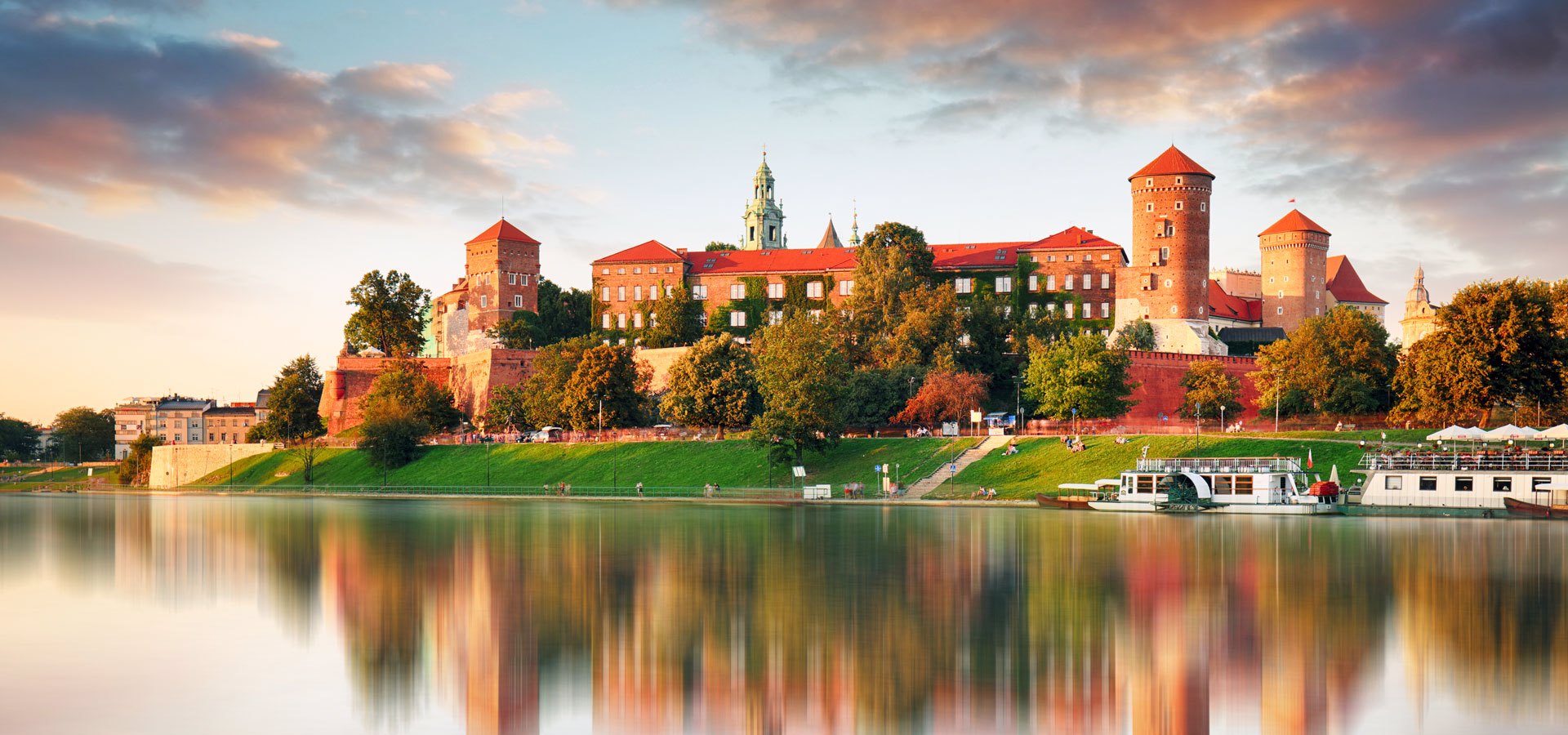
Cracow is a welcoming city and offers different possibilities for accommodation.



The villages surrounding Cracow are real jewel boxes, with plenty of architectural treasures. Many of the typical buildings in the area were built by local craftsmen, using old traditions in masonry. The tradition lasted until today and the population loves to preserve the folklore of this region, the so called folklor krakowski. The main topics in this culture are the traditional robes, the music and the dance known as krakowiak. A visitor should not miss to pay a visit to the Benedictine abbey of Tyniec, an ancient fortress built on a hill and dominating the banks of the Vistula.

Another place of interest, once in Cracow, is the salt mines in Wieliczka. The mines are still open and are among the oldest mines in Poland: it’s about one thousand years that settlers and polish esctract salt from a vein 6 km long and 1 km wide. The excavations reached a depth of 900 feet, the mines are now a maze of passages, galleries and chambers for a total lenght of 200 km, 4 of which open to the public for guided tours. Inside there are also three chapels with salt sculptures, a unique feature, and an underground ambulatory for patients suffering for asthma and allergies.













